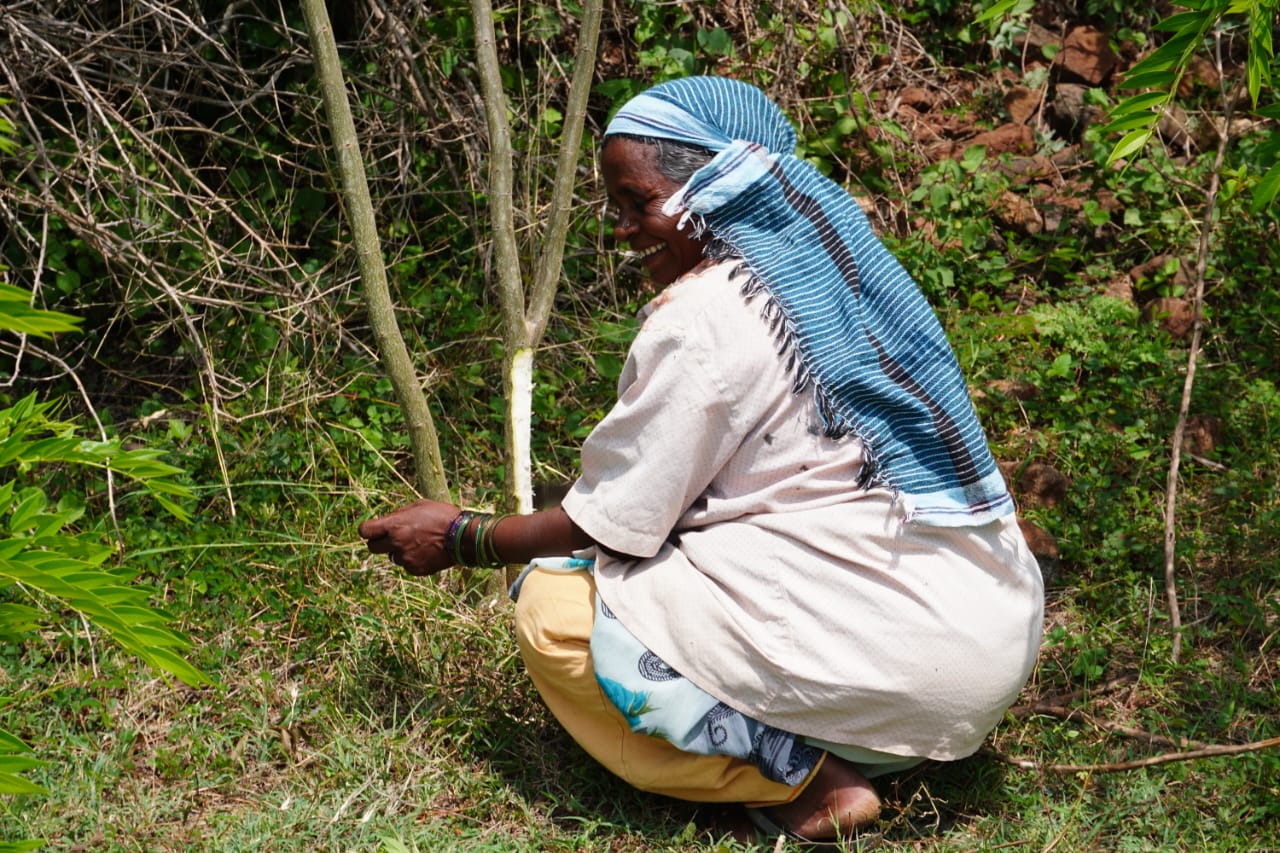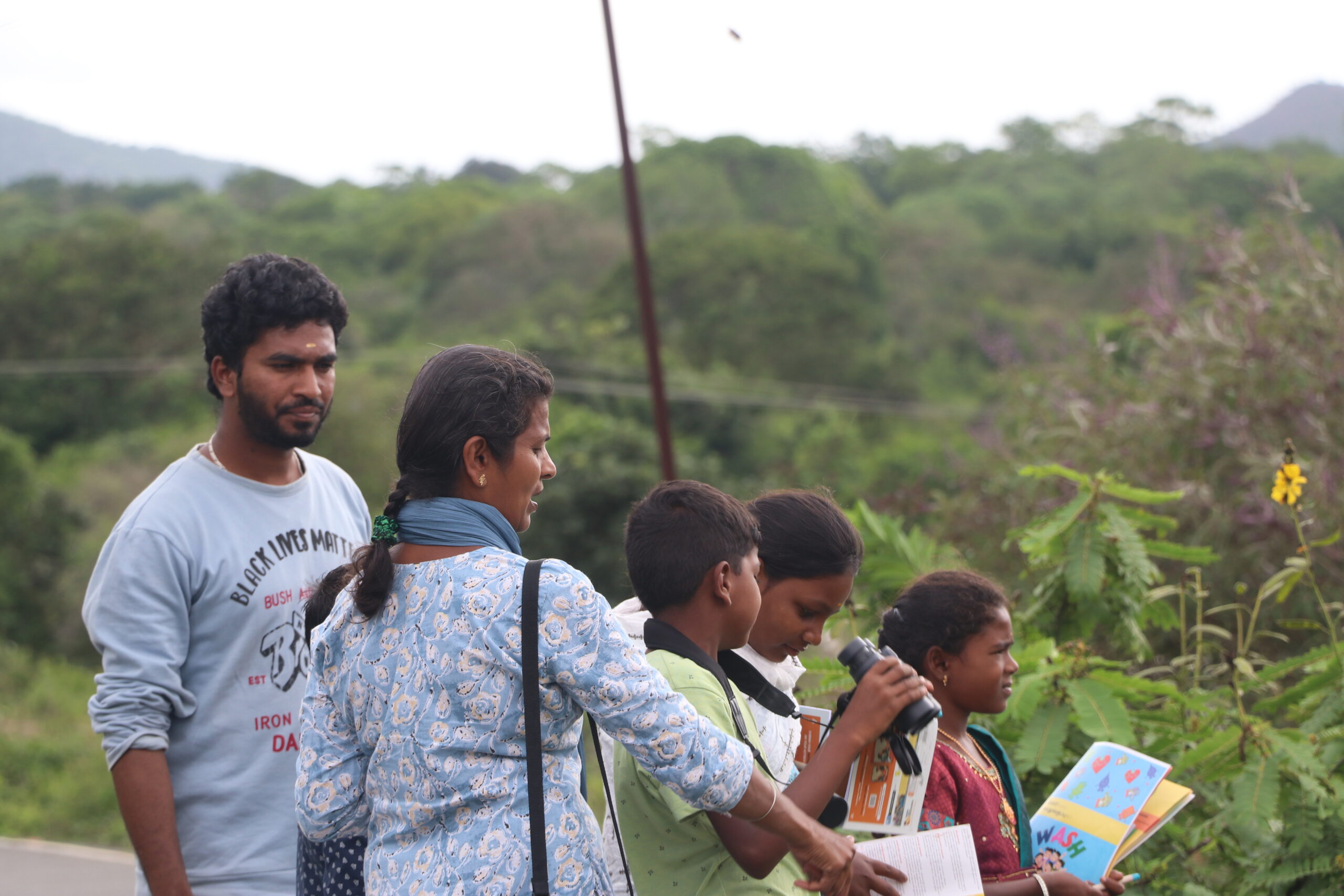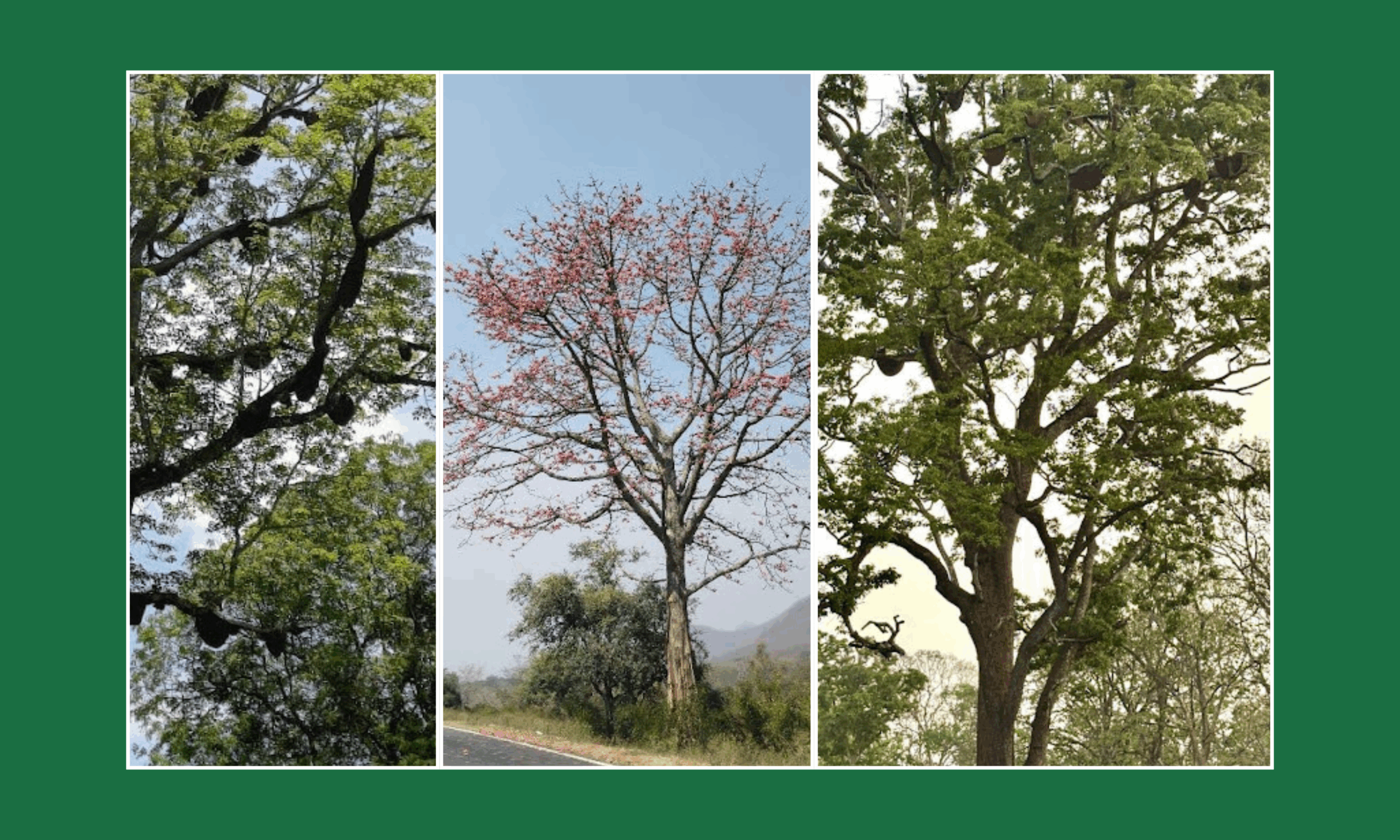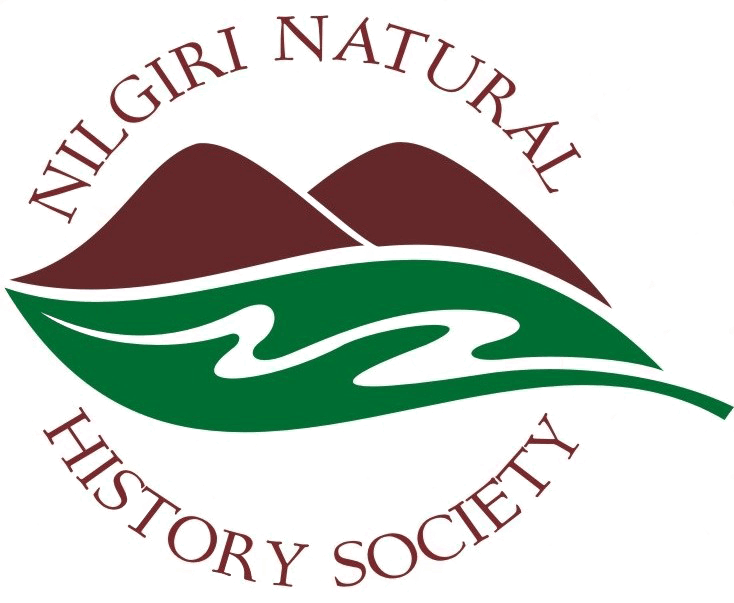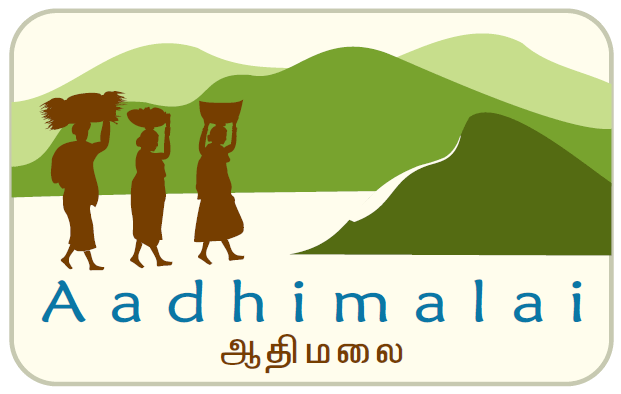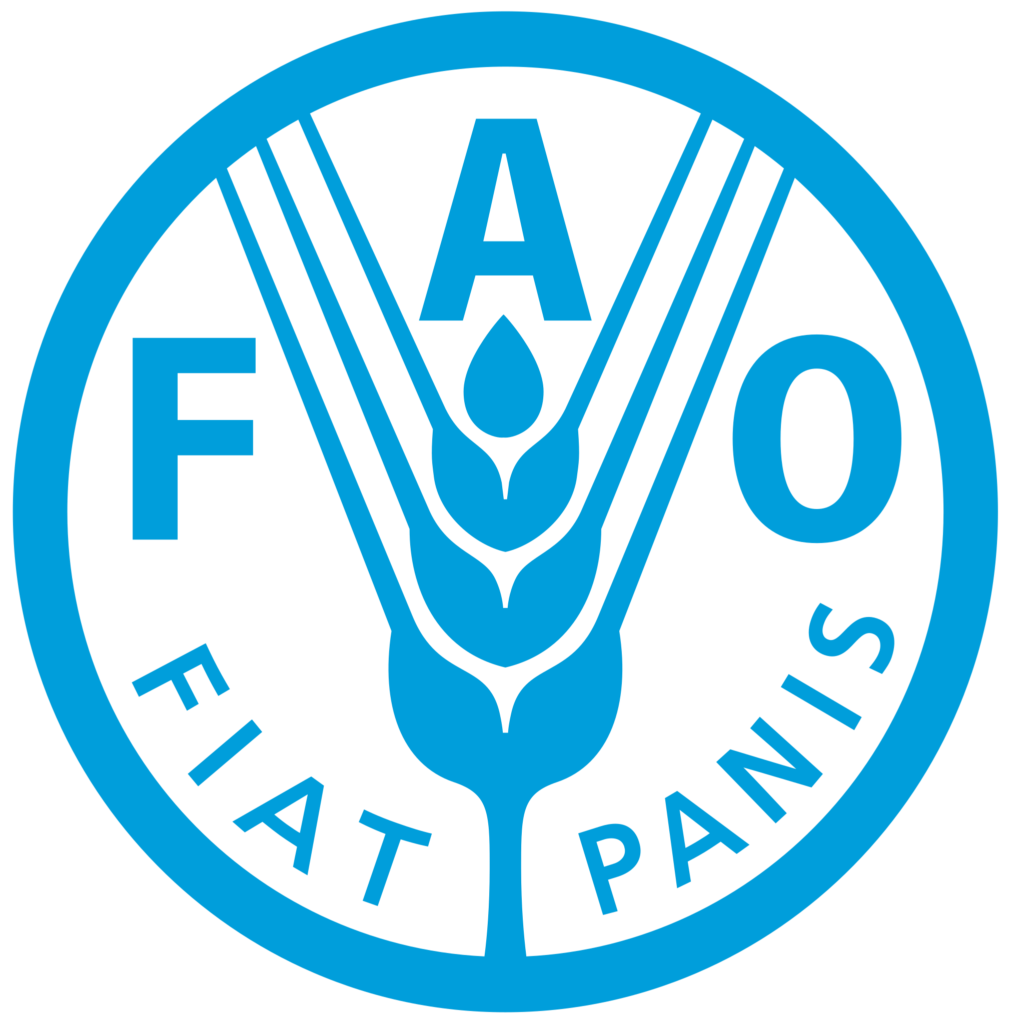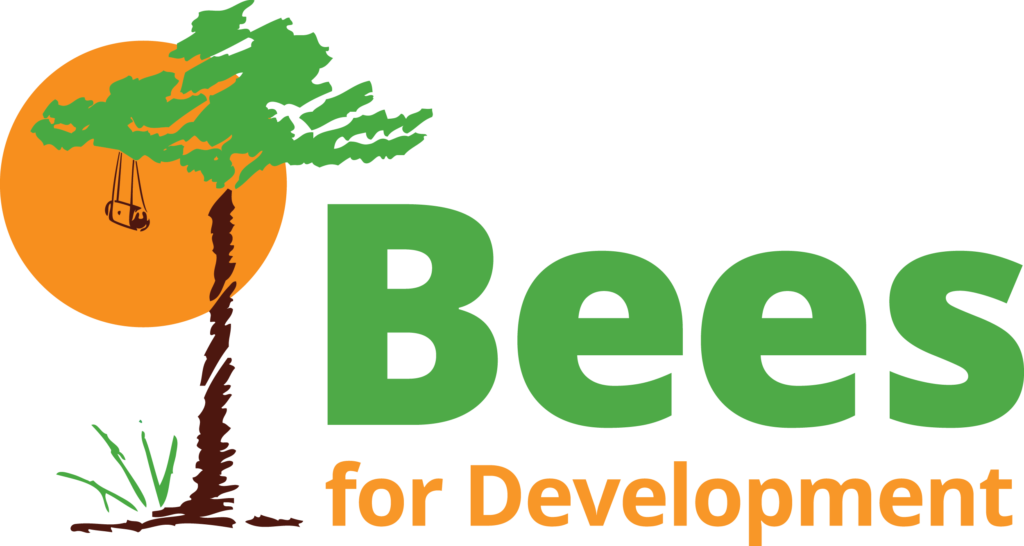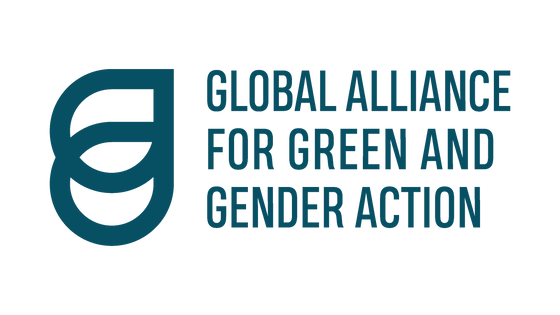An initiative of Azim Premji University and Keystone Foundation.
The field learning in Ecology and Society, a structured internship offered by Azim Premji University and Keystone Foundation got off to a sunny start at the Keystone campus in Kotagiri, on 15th May, 2019. Six students of the MA Development course at APU got together with four local students from the Nilgiris, to immerse in a unique month-long internship that would take them through the Nilgiris landscape, its people and biodiversity through the works of Keystone Foundation followed by their own field research in the landscape.
As an introduction, the video titled ‘Fragile Treasures’ provided the students with their first glimpse into the larger Nilgiris landscape, through the local indigenous communities, their lives and livelihoods, the rich biodiversity and the modern-day threats to the ecosystem and its people.
The focus then moved to understanding the Nilgiris, through the Keystone Foundation – the people, the campus and its work in the landscape.What followed was an introduction into the interview process wherein the students spoke to Keystone employees in an attempt to understand the people and their organisation. The afternoon concluded with a discussion on what the students heard and learnt. A mapping exercise to grasp the natural and built environment of the campus ended Day 1.
Day 2 began with the students presenting their mapping exercise followed by an introductory session exploring what was meant by community wellbeing. Jyothi got the students to explore the conventionally understood aspects of wellbeing and how our current measures may be limited in capturing the various socio-cultural-ecological nuances that determine wellbeing, whether at an individual or community level. The dialogue probed the students to think beyond numerical metrics into larger frameworks that accommodated ideas of culture, identity, satisfaction into the concept of wellbeing.
A reading on livelihoods and its linkages with policy and political moves, social structure, culture and traditions was followed by a discussion which explored the complexities of these linkages with the indigenous communities. It was very soon understood that a simplistic connection with income or biodiversity and resource management alone do not fully explain livelihood choices; that it may be also subject to changing land use patterns of plantations which provide new opportunities in the form of wage labour, tourism industry, to mention a few. It was also discussed how availability (seasonality) and reliability (abundance) of resources was also a key factor when it came to forest resources and agriculture. An exercise on using the Finnis-Max-Neef-Alkire matrix to assess human needs along multiple dimensions to evaluate quality of life and well-being was very well received by the students. They were encouraged to inquire how people value their states of ‘being, ‘having, ‘doing’ along dimensions such as knowledge, friendship, religion, among others.
Day 3 invited the students to bring forth their imagination of what governance could/ might be, through a series of lectures, readings and activities. Lead by Manu from APU, it provoked the students to understand governance from equity, justice and people perspectives. A visit to a nearby Badaga village (Dimbatti) was arranged wherein the students could meet with the village headman and the village elders to understand their views and practices on governance pertaining to water, health and forests. They were exposed to the Badaga hospitality, their faith and festivals (Hethai Amman) and their village gathering ‘manda’ where disputes are resolved within the community. The leader gave the students an extensive insight into their justice systems, their village planning, water and forest usage patterns and the current changing trends along those lines. An exercise to map out the various actors (institutions, people), processes, structure of governance for the three focus areas of forest, water and healthbrought out interesting discourses on challenges, vulnerabilities, and power plays that go into governance. This session also saw the students interact with Keystone resource personnel working on the chosen focus areas, guiding the students with the much-needed clarity and information on the subject matter.
The students woke up to a literal hands-on experiential understanding about the interconnectedness of the web of life on Day 4, when Anita brought in a fun but intense game with natural elements (species, resources and habitats) relevant to the Nilgiris. A discussion on crossing barriers (lingual, domain, hierarchy) also opened up the idea of bridging acrossboundaries to be able to understand perspectives of different stakeholders in the area of conservation and livelihoods.
A show and tell session with resources and products made by the indigenous communities made for a lively discussion while setting the stage for the discussion topic for the day which was on NTFPs (Non Timber Forest Products). Anita discussed at length about the indigenous knowledge about resources, their skill in crafts and their dependencies on forest products for livelihoods and sustenance. The students then split into two groups to analyse the social and ecological factors affecting NTFPs. For the sake of simplicity, resin as an NFTP was chosen for this exercise.
The first week of the field course thus came to an end, preparing the students for the upcoming field trips. And what a week it was! The students were excited about new explorations, enriched with knowledge about the landscape and equipped with some basic understanding of challenges and methods which would prove to be very useful in the weeks to come.
Read the Follow up story – 2nd week – Field Initiation
By Sharada Ramadass





